The board of directors of the Bank of Russia on October 27, 2017 made the decision to lower the key interest rate by 25 one-hundredths of a percentage point, to 8.25 percent per annum.
In its decision, the board of directors noted that inflation remains near four percent and that its downward deviation against the forecast was driven by temporary factors. As the Russian economy continues growing, inflation expectations remain elevated. The bank emphasized that medium-term risks of the inflation’s overshooting the target dominate over the risks of its persistent downward deviation. In recognition of this trend, the Russian Central Bank’s ongoing transition from moderately tight to neutral monetary policy is gradual.
In the future, the Central Bank’s key rate decisions will be based on its assessment of the balance of risks for the inflation’s significantly and persistently deviating in either direction from the target, as well as consumer price movements and economic activity against the forecast. The Bank’s board of directors leaves open the option of further reducing the rate at its upcoming meeting.
The main factors behind the Central Bank’s decision are inflation dynamics and economic activity. Inflation for the year in Russia was projected at close to four percent. Estimates as of October 23 indicated that inflation would be at 2.7 percent. The downward deviation resulted from seasonal factors. In September, food prices showed a stronger-than-expected price decline on the back of a larger supply of farm produce. This extra supply owes its origin to growing crop productivity and the shortage of warehouse facilities for long-term storage. The slowdown of inflation was also triggered by exchange rate movements. The Central Bank has indicated that inflation is projected to approach three percent by late 2017, while inflation expectations are bound to remain elevated. The Central Bank has observed that current conditions encourage savings accumulation. A gradual loosening in monetary policy is expected to bring about conditions for a transition from a savings behavior model to consumption growth.
As for economic activity, according to the Russian Central Bank estimates, the country’s third quarter GDP growth continued in line with the forecast. Farm output increased, as mechanical engineering output, freight turnover, and the production of durable consumer goods showed a positive trend. The recovery in consumption is becoming steadier. Consumer demand is shored up by real wage growth driven by the slowdown in inflation. Unemployment is at a level at which it does not affect inflation.
The Board of Directors of the Russian Central Bank will hold its next rate review meeting on December 15, 2017.














Leave a comment